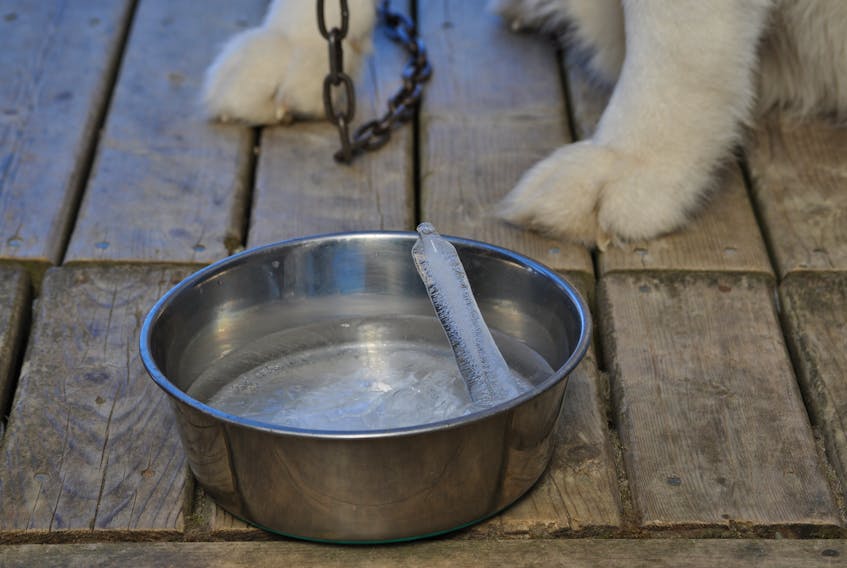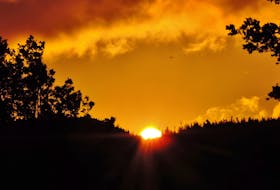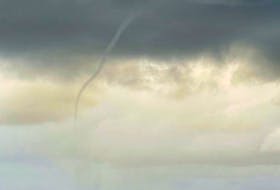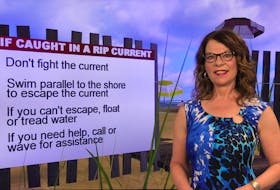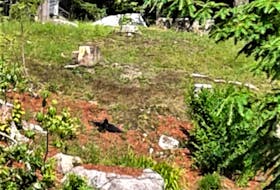March can serve up all kinds of ice: black ice, freezing rain, ice pellets, ice fog…
Earlier this month, I received an email from Darrell Beaver about some ice he found in his dog’s water bowl. That’s not uncommon, but the ice formation certainly was.
That “icicle” in the dog’s water dish is an ice spike.
Ice spikes occur naturally. They tend to form in containers; I’ve seen a few in bird baths. They are more likely to form in smaller spaces, but they can also form on larger bodies of water.
If you look closely, these spikes of ice usually have a bit of a triangular shape. In its simplest form, the internal structure of an ice crystal is a hexagonal prism. The upside-down icicle reflects that structure and ends up looking like a triangle.
Ice spikes grow as the water turns to ice. Water expands by nine per cent as it freezes. The ice slowly freezes in from the edges, until a small hole is left unfrozen in the surface. Since ice expands as it freezes, the ice freezing below the surface starts to push water up through the hole. If the conditions are just right, the water will be forced out of the hole and it will freeze into an ice spike. With time, as water continues to come up through the hole, it freezes around the bottom and the spike continues to get longer or taller.
We can learn so much by being curious; science is all around us and can be beautiful.
- Read more Weather University columns.
- Have a weather question, photo or drawing to share with Cindy Day? Email [email protected]
Cindy Day is the chief meteorologist for SaltWire Network.
RELATED

